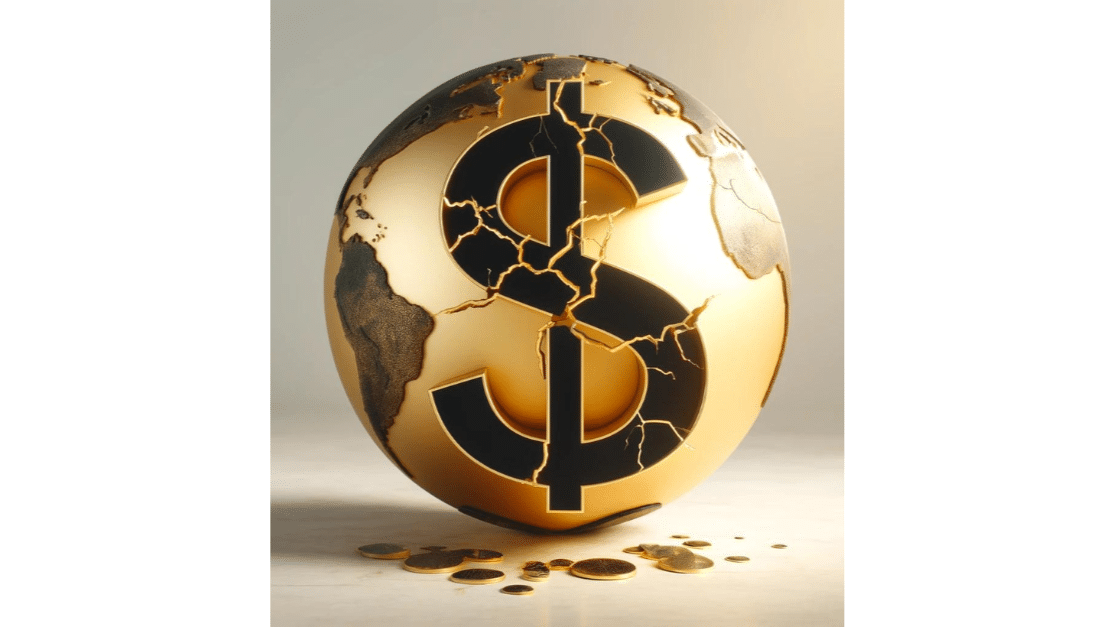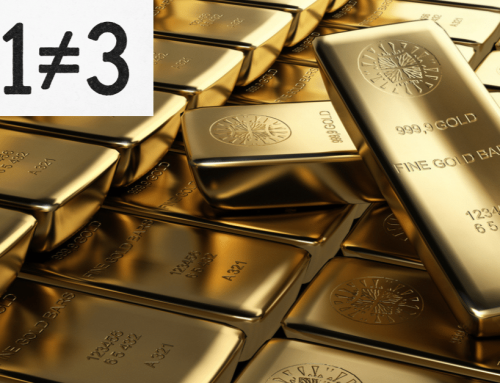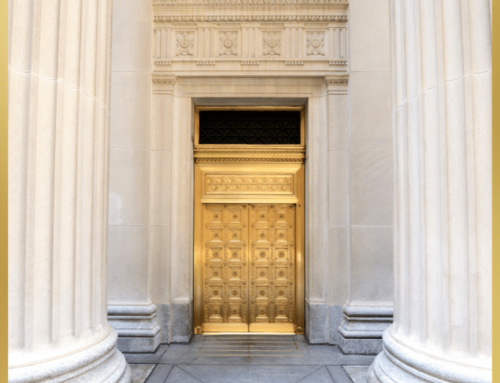The U.S. dollar has long held dominance as the world’s reserve currency, giving the United States unique financial power but is de-dollarization a real threat? Yet, recent moves by BRICS nations—Brazil, Russia, India, China, and South Africa—signal a shift. These countries are actively reducing their reliance on the dollar, making de-dollarization more plausible. This shift could bring inflation, dollar devaluation, and economic instability, underscoring the importance of physical gold for wealth preservation.
The Rising Push for De-Dollarization
BRICS nations already account for about 40% of global trade in goods, giving them significant leverage in global finance. At their latest summit, BRICS leaders discussed alternatives to the dollar for trade settlements, with moves toward non-dollar transactions. If BRICS expands its membership, as it plans, and increases trade settlements outside the dollar, the demand for the U.S. currency may weaken, impacting its value and global dominance
High U.S. Debt Amid Sustained Interest Rates
The U.S. debt burden has reached unprecedented levels, with over $33 trillion owed and a debt-to-GDP ratio of about 124%. High interest rates, currently above 5%, increase the cost of servicing this debt. Interest payments alone now consume 8% of the federal budget. If rates stay high, the cost of refinancing debt will only rise, forcing the government to consider tax hikes, spending cuts, or inflation.
Implications of a Weakening Dollar
As global demand for the dollar wanes, foreign-held dollars returning to the U.S. could drive domestic inflation. Diminished demand for the dollar in global reserves would reduce its value, sparking a cycle where the U.S. must increase borrowing costs or accept higher inflation. For U.S. investors, the risk of declining asset values and dollar devaluation could be substantial, especially as currencies that lose reserve status historically experience devaluation.
Physical Gold as a Strategic Hedge
Gold has long been a safe haven during economic and geopolitical uncertainty. Unlike fiat currencies, gold’s supply is finite, giving it stability when other assets falter. Central banks worldwide, including those of BRICS nations, are buying record amounts of gold—over 1,100 tons in 2022 alone. For investors, gold offers a hedge against inflation and currency risk.
In the past 20 years, gold prices have risen by nearly 500%, far outpacing inflation. During inflationary periods, gold retains its value, making it a strong choice for preserving wealth.
Preparing for a Changing Currency Landscape
While a total end to the dollar’s dominance may be ambitious, BRICS nations are moving forward. For investors, this shift highlights the need to diversify beyond dollar-denominated assets. Gold, with its historical resilience, offers security in uncertain times. As global currencies shift, physical gold stands as a critical asset for wealth preservation.
If you’re interested in learning more about investing in physical gold as a strategy for wealth preservation and inflation protection, feel free to connect with me.
Disclaimer: This content is for informational purposes only and does not constitute financial, legal, or investment advice. Please consult with a qualified financial professional before making any investment decisions, as all investments carry risk.






